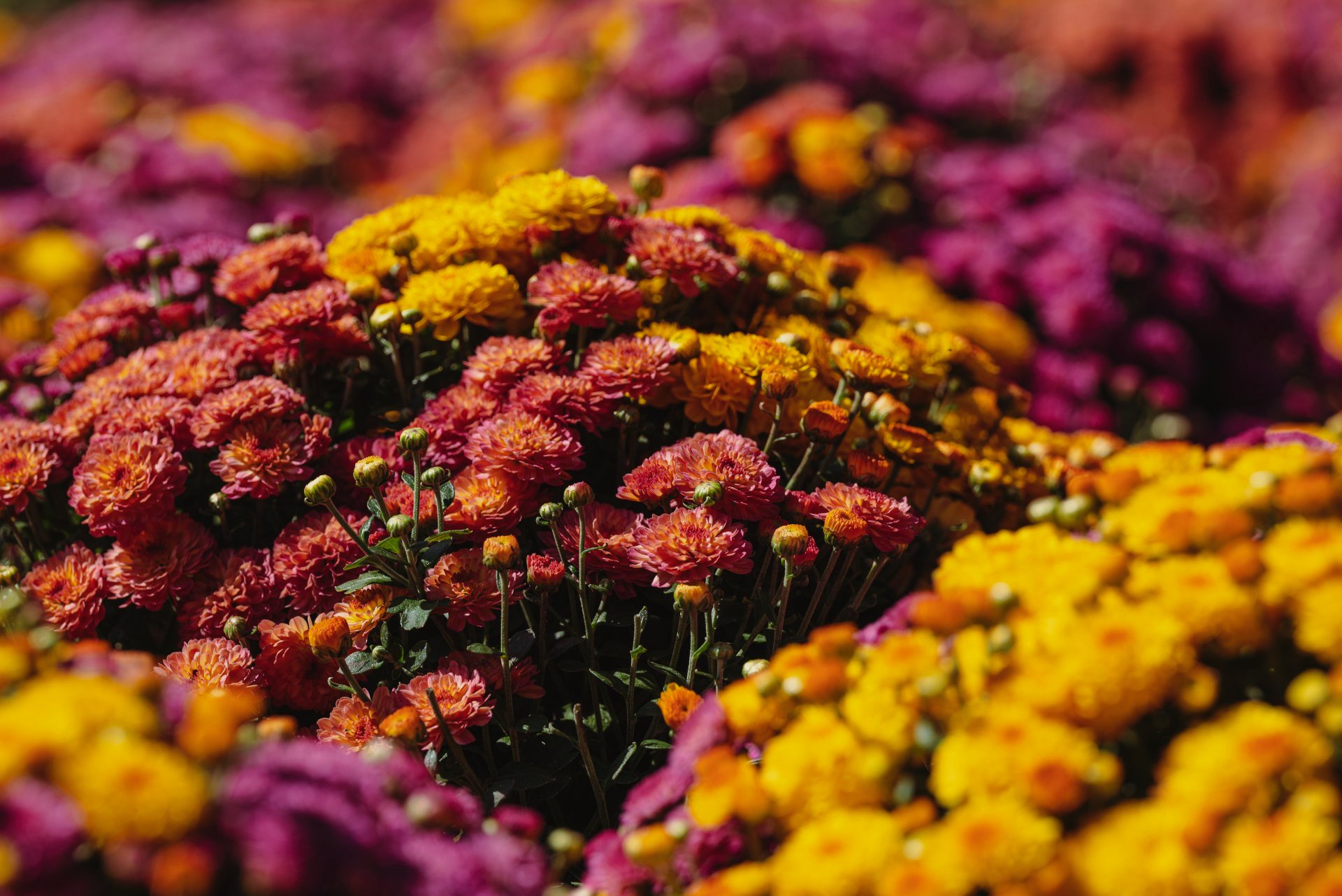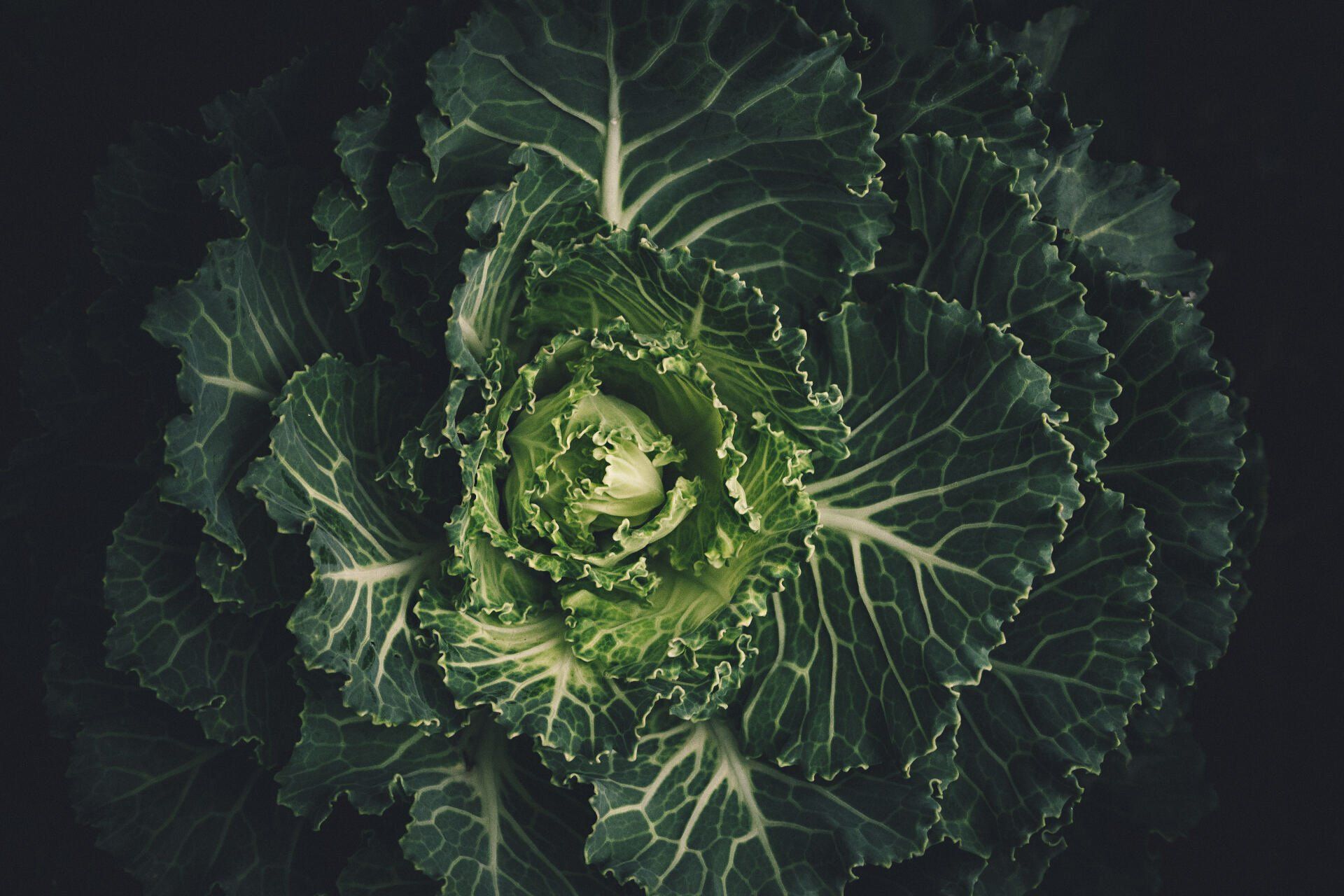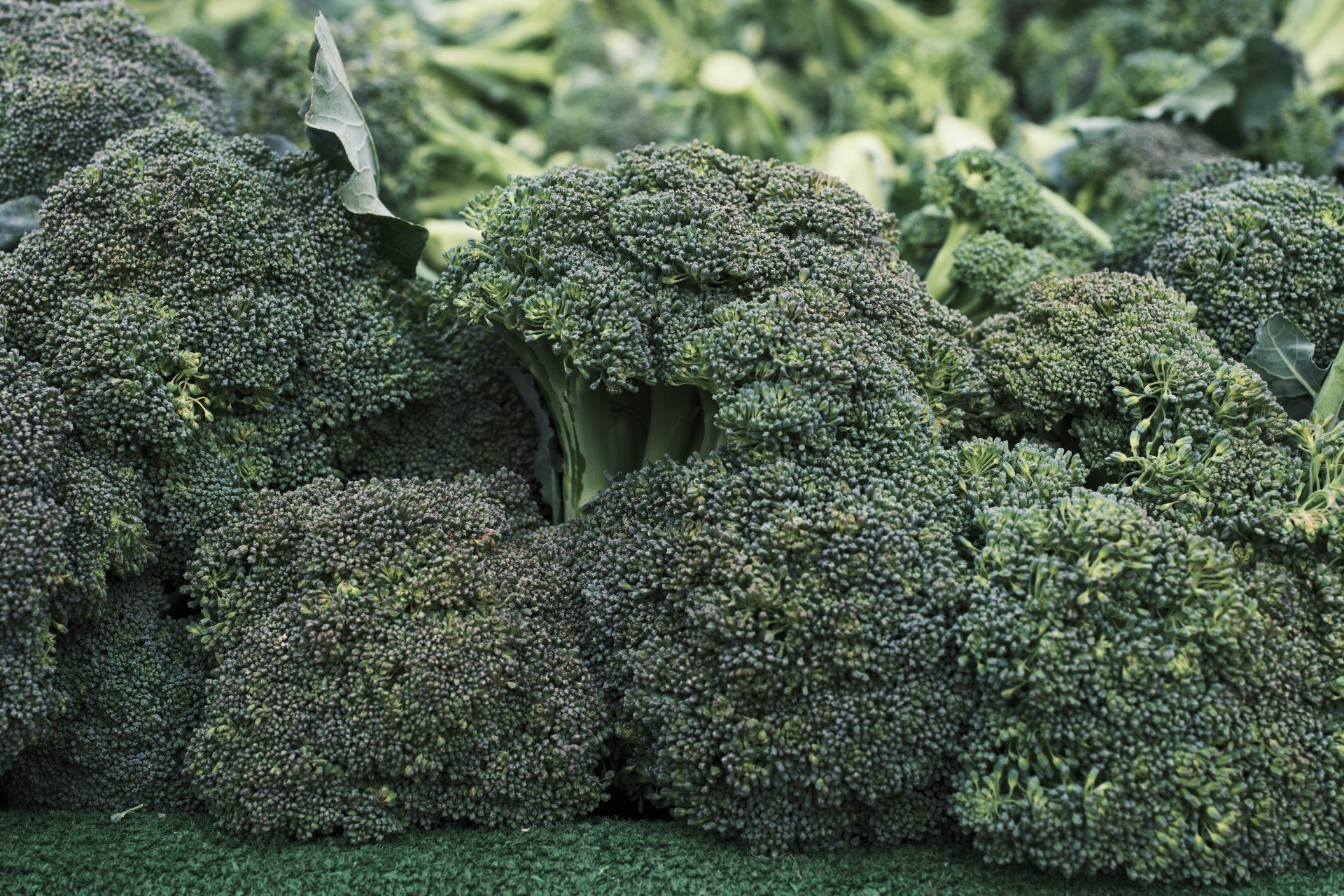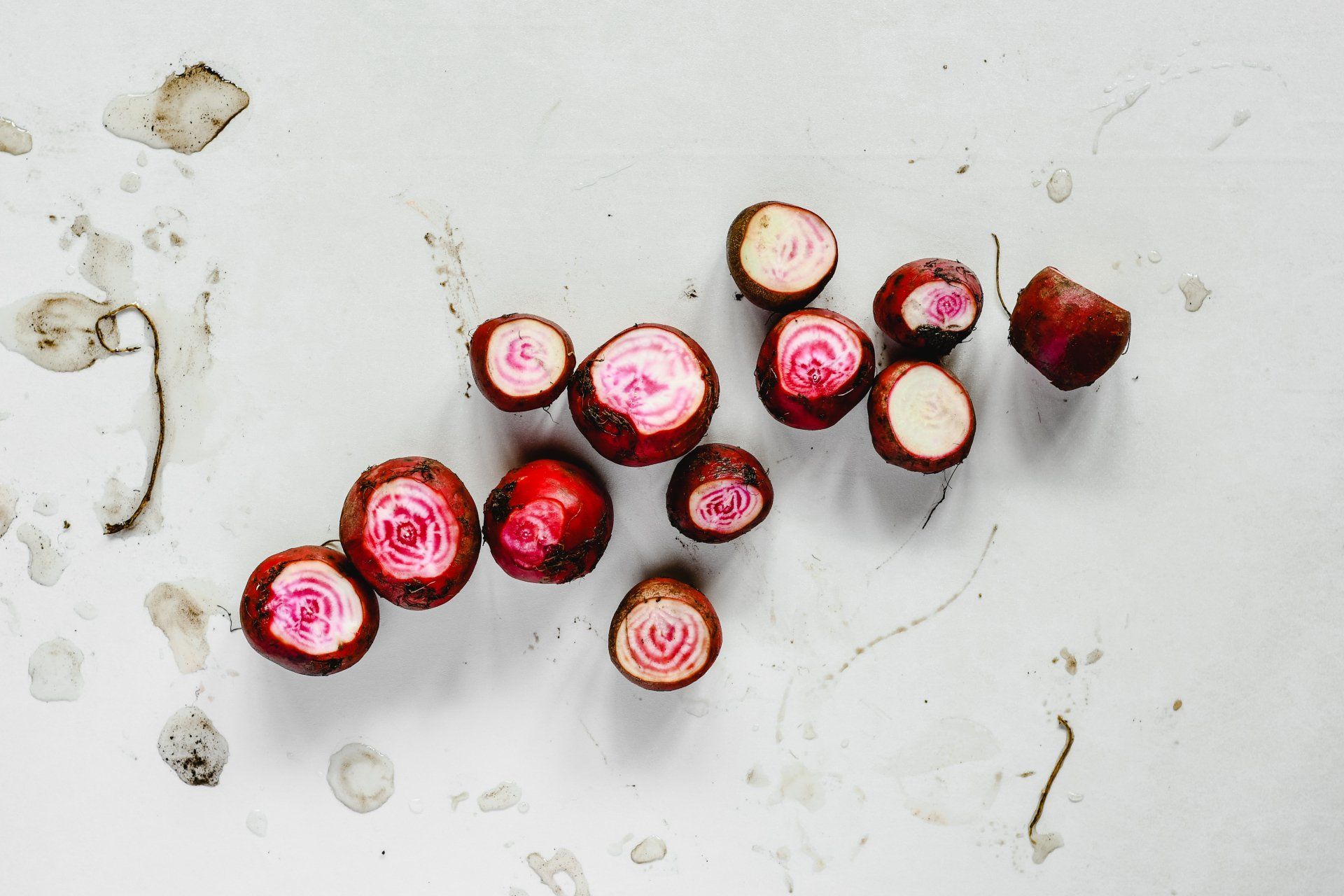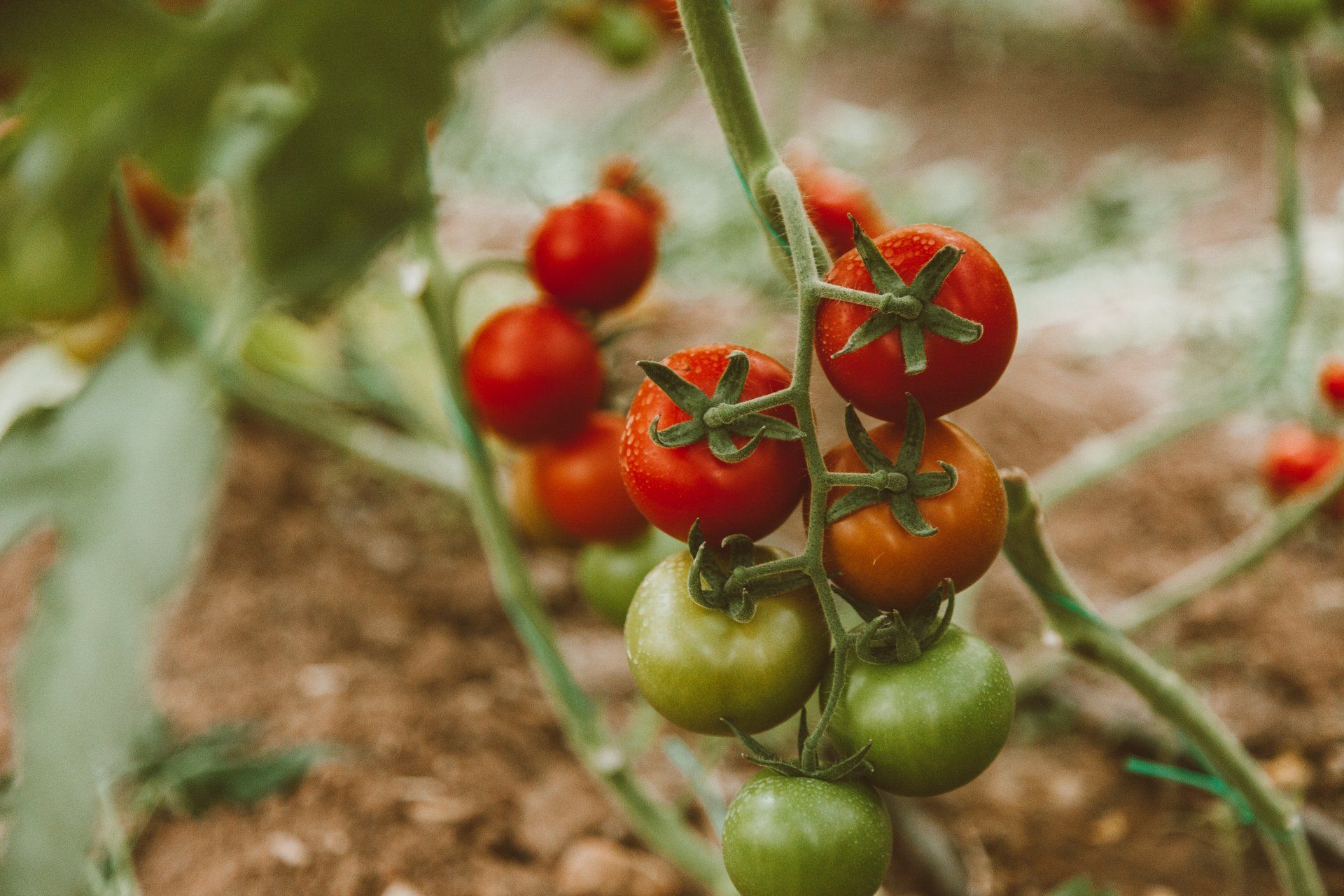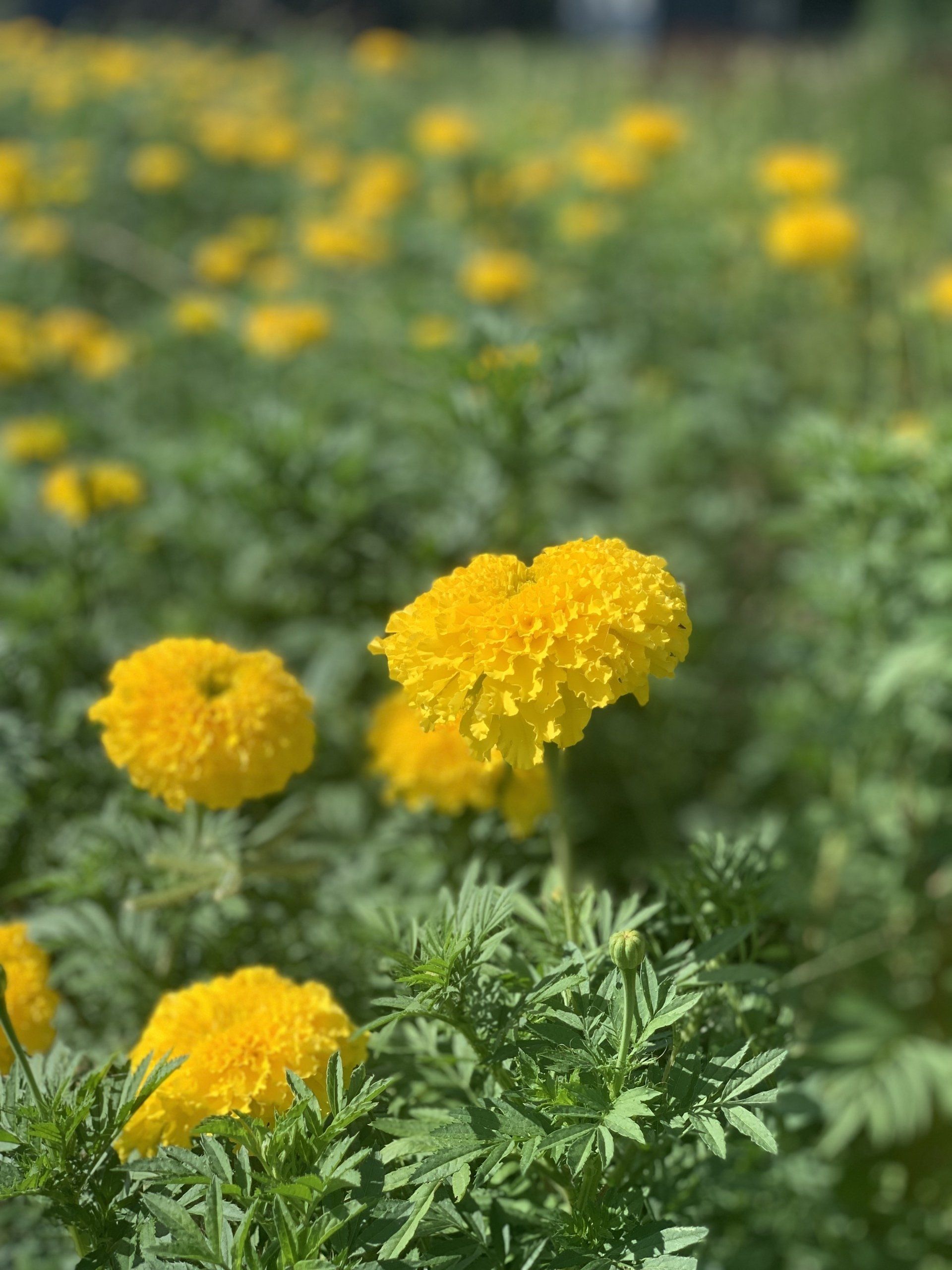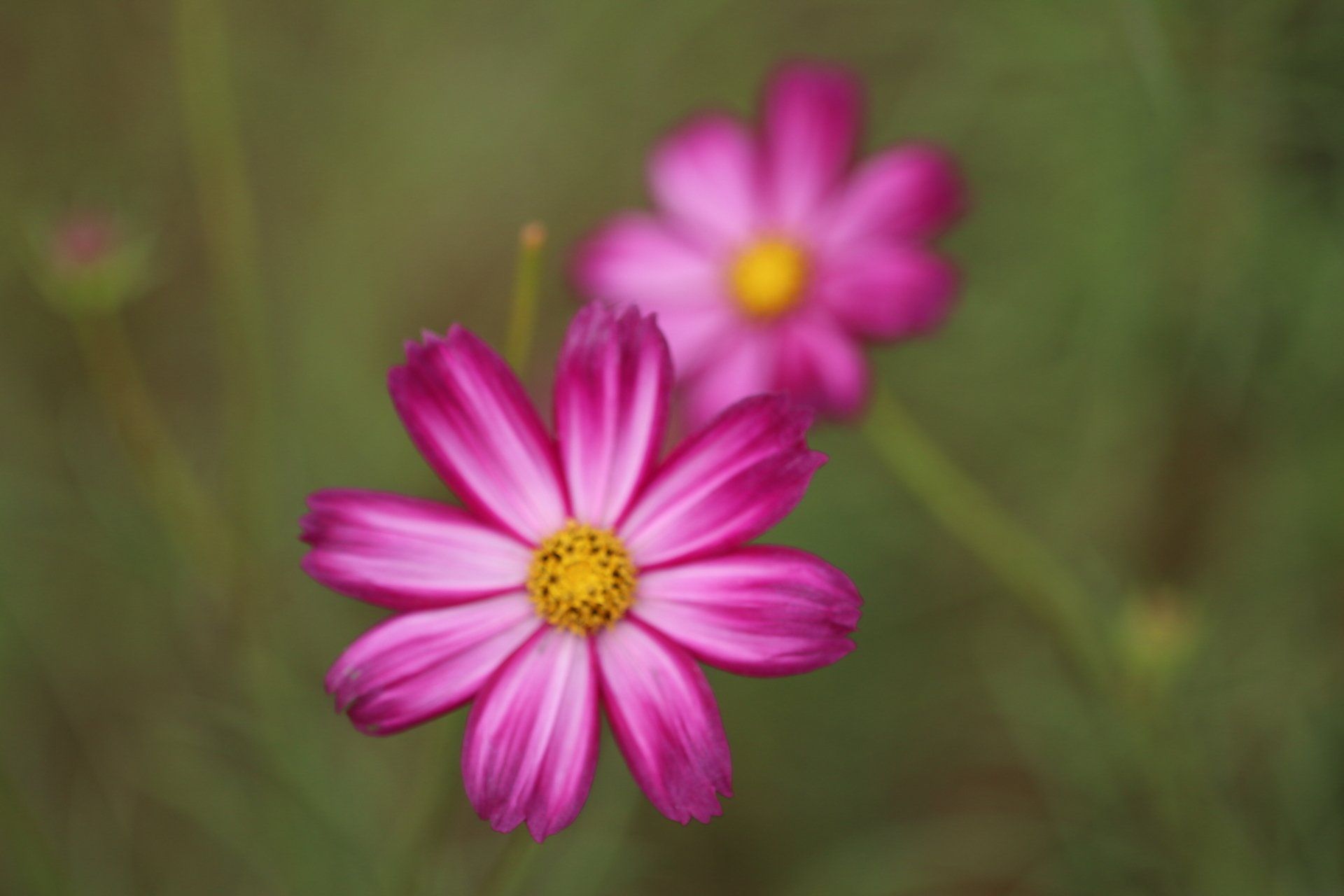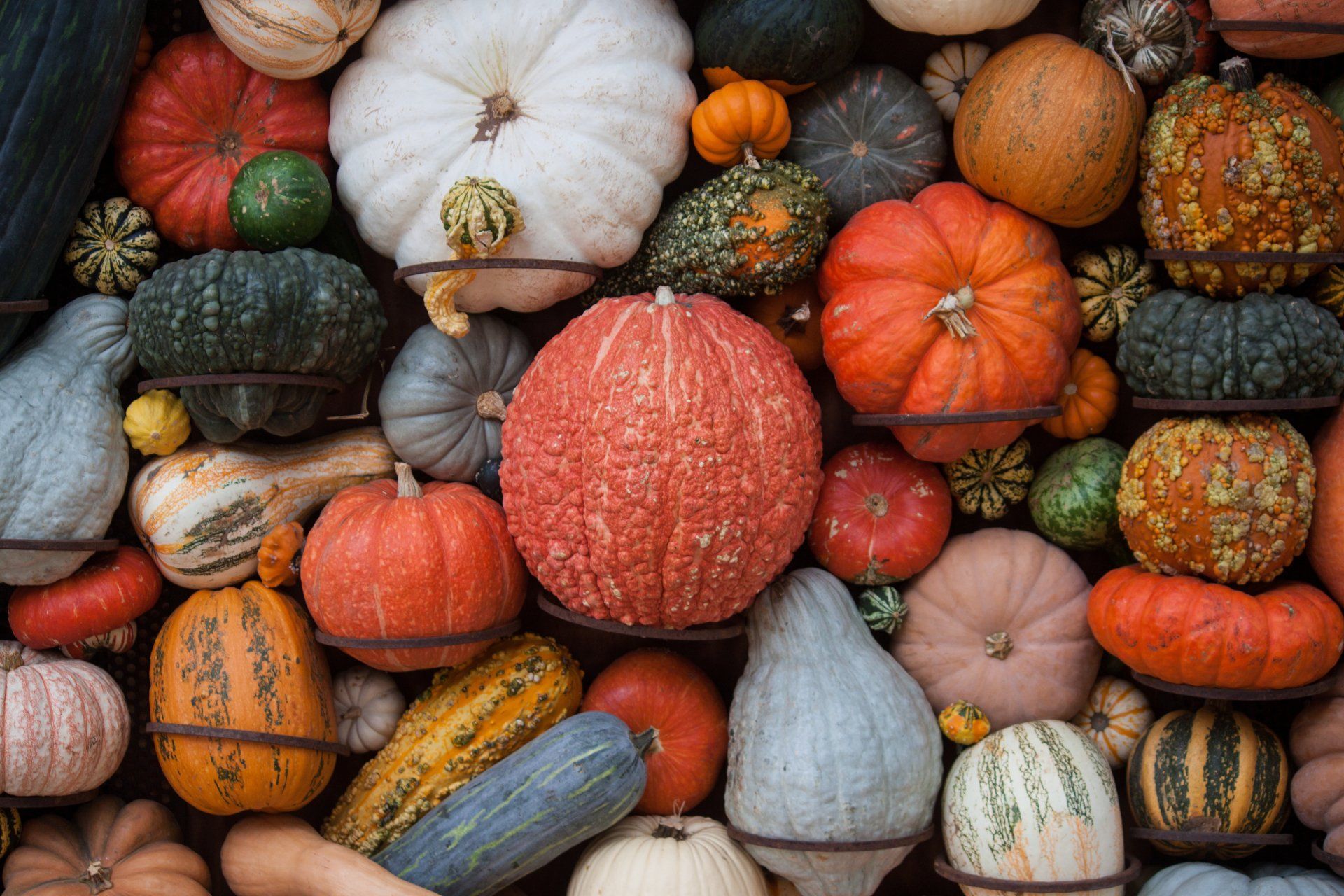Growing Fall Sunflowers in the South

It is currently late July and depending on where you live it is the perfect time to plant sunflowers for blooms in October and early November! Here in South Texas and really all of Texas and most of the Southern states, you can really plant anytime in August and get blooms on average around 60 days. Sunflowers are warm season plants and love the heat. You can plant anytime during the Spring and Summer, until about August. It is important to know your last frost and first frost dates so you can plan accordingly.
Site Selection
First, it is important to prepare your soil. Sunflowers are heavy feeders, which means they take up a lot of nutrients from the soil, which makes sense as they get so tall and big. If you can add in a good heap of compost to your area and rake it in, the plants will be very happy.
Sunflowers need a spot that receives full sun, at least 6 hours a day.
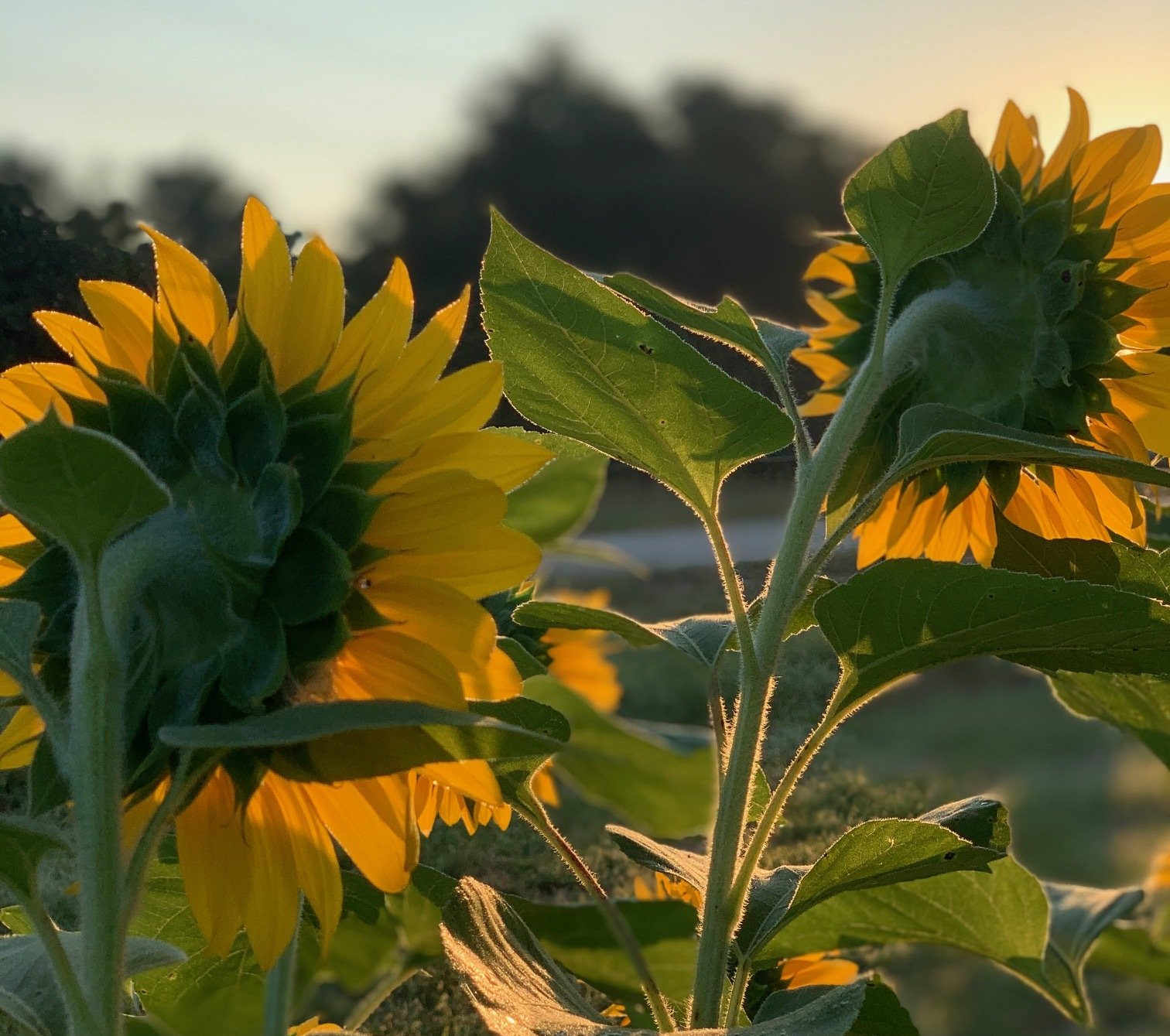
Planting & Watering
Depending also on your location, I would recommend pre-watering your soil prior to planting. We are currently in a terrible drought, just north of Houston, and on track to be the driest and hottest summer of all time. If you can water a good amount about 1-2 days prior to planting, this will get some good moisture in the ground to help your babies grow. You will then want to water at time of planting and then monitor every day or every 2-3 days until they get good and established between days 14-30.
Sunflowers can be direct sown or transplanted. I’ve done both! They prefer to be direct sown as they grow so fast from sprouting. However, if you have issues with deer, squirrels, grasshoppers, bunnies, or any other pests you might want to start them in trays, cups, or any container to give them a good head start. It is important to plant out the seedlings within 5 days and about 2 weeks. They really don’t like to have their root system disturbed and if you wait too long they can be stunted.
Spacing
For spacing your plants out, this can vary a lot. Sunflowers will grow to the space you give them. If you want smaller blooms, you can plant 4-8” a part. If you want big plants and blooms, then plant about 12-18”. This will also affect the height as well.
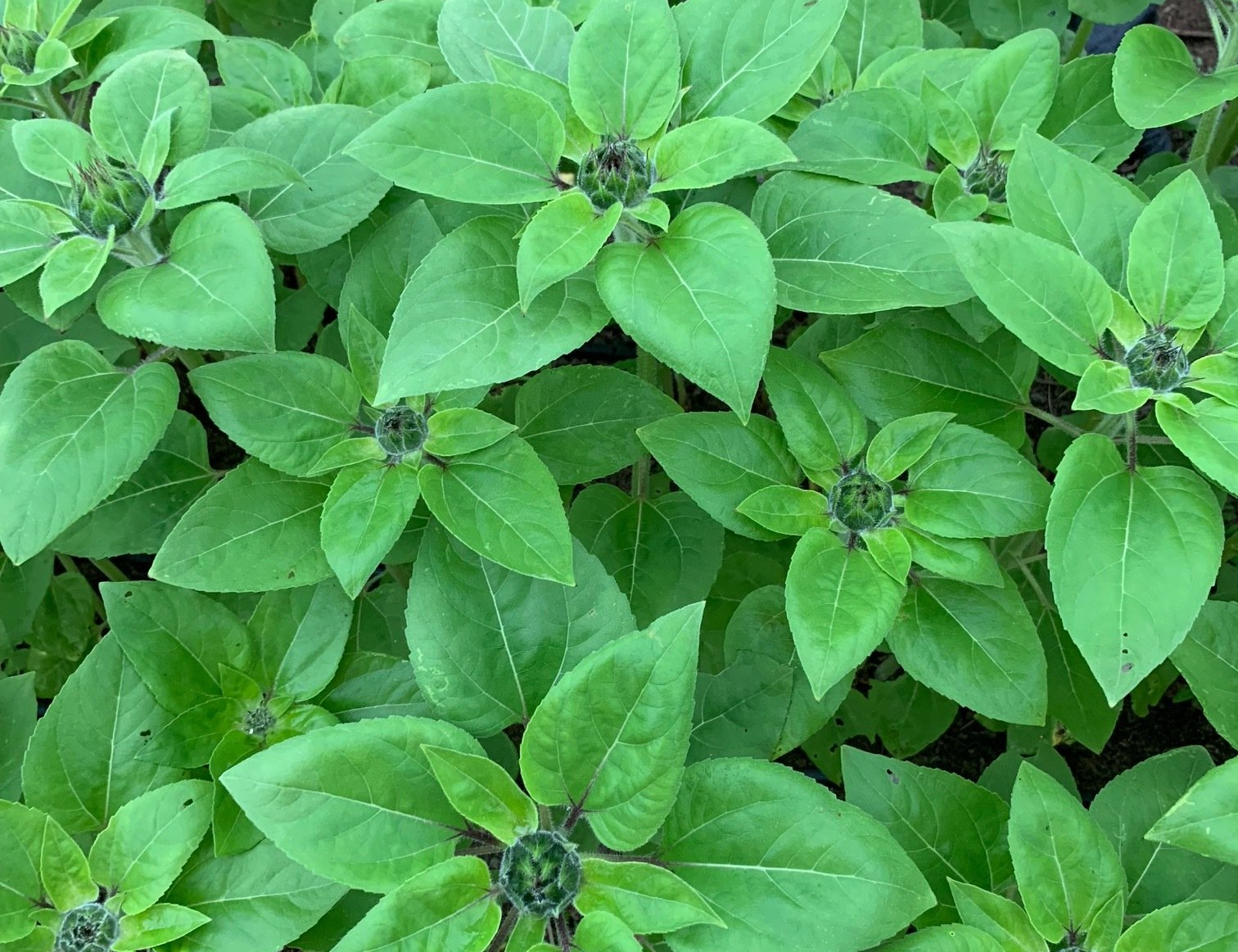
Many Different Varieties Available
Did you know that there are over 70 different varieties of sunflowers! Crazy right? Some are dwarf size and perfect for pots or front landscaping, while others are gigantic mammoths. There are also single stem and branching varieties. Single stems are just that, one main stem with one good bloom. These varieties are most common with flower farmers as they have consistent stem length and bloom size. They are also very fast growing and have minimal disease problems. There are some beautiful new branching varieties that are quickly becoming our favorites. Branching means that they can be more bushy than the single stems. They usually have inconsistent stem lengths, but for the garden and for mason jar designs, they are great. Another added bonus is that branching sunflowers will produce blooms for much longer period and usually you might can only do 2-3 successions throughout the warm growing season for a nice life span of your plants. Single Stem varieties, however only will bloom pretty for 5-10 days, and then they are done and the plant will need to be replaced. There are also varieties that have more pollen than others and that is important to be aware of. In the cut flower world, professional florists now prefer pollenless varieties, that don't make a mess on the counter when brought inside. Depending on your use for your blooms, this might be be an important characteristic to keep in mind. If you are planting outside in the garden, than the pollen will certainly be welcomed for the pollinators!
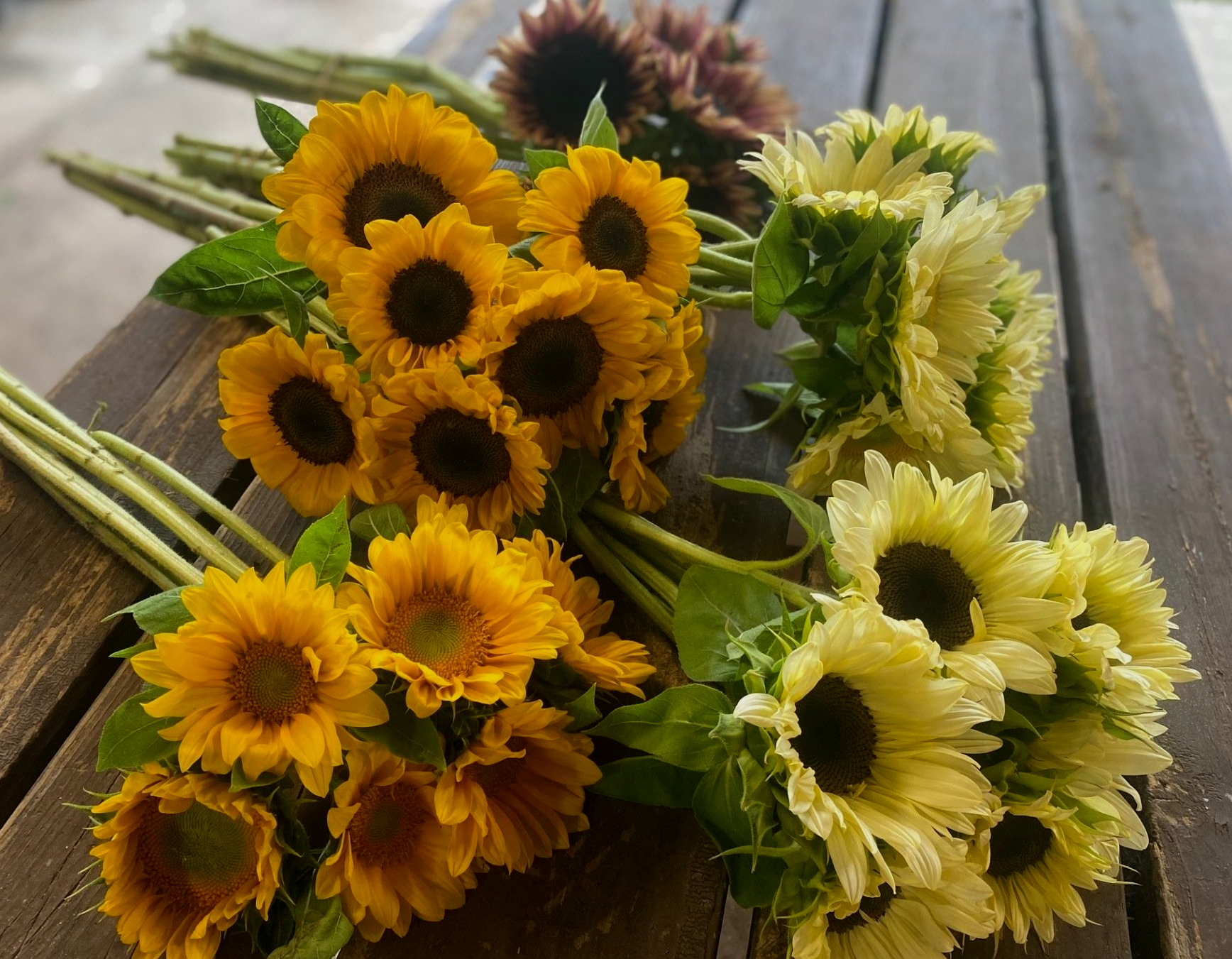
Pests & Disease
Sunflower insect pests include aphids, grasshoppers, lygus bugs, weevils and caterpillars. The pest pressure can vary depending on where you live and really a lot of environmental factors such as a wet or dry season. There are organic and traditional options for pest control. Typically, I would just wait and see if you have any issues and not spray preventatively as you might can harm your good beneficial pollinators.
Sunflowers can also be susceptible to several fungus diseases such as powdery mildew and rust. These can also be treated with a fungicide spray. Typically I don’t normally treat for these diseases especially on single stem varieties as their growing lifecycle is so short. It might be worth it to spray the branching varieties, if the disease is caught early enough. If you think it might be too late, I would just pull the plant and throw away. Do not put in the compost pile as the spores can spread.
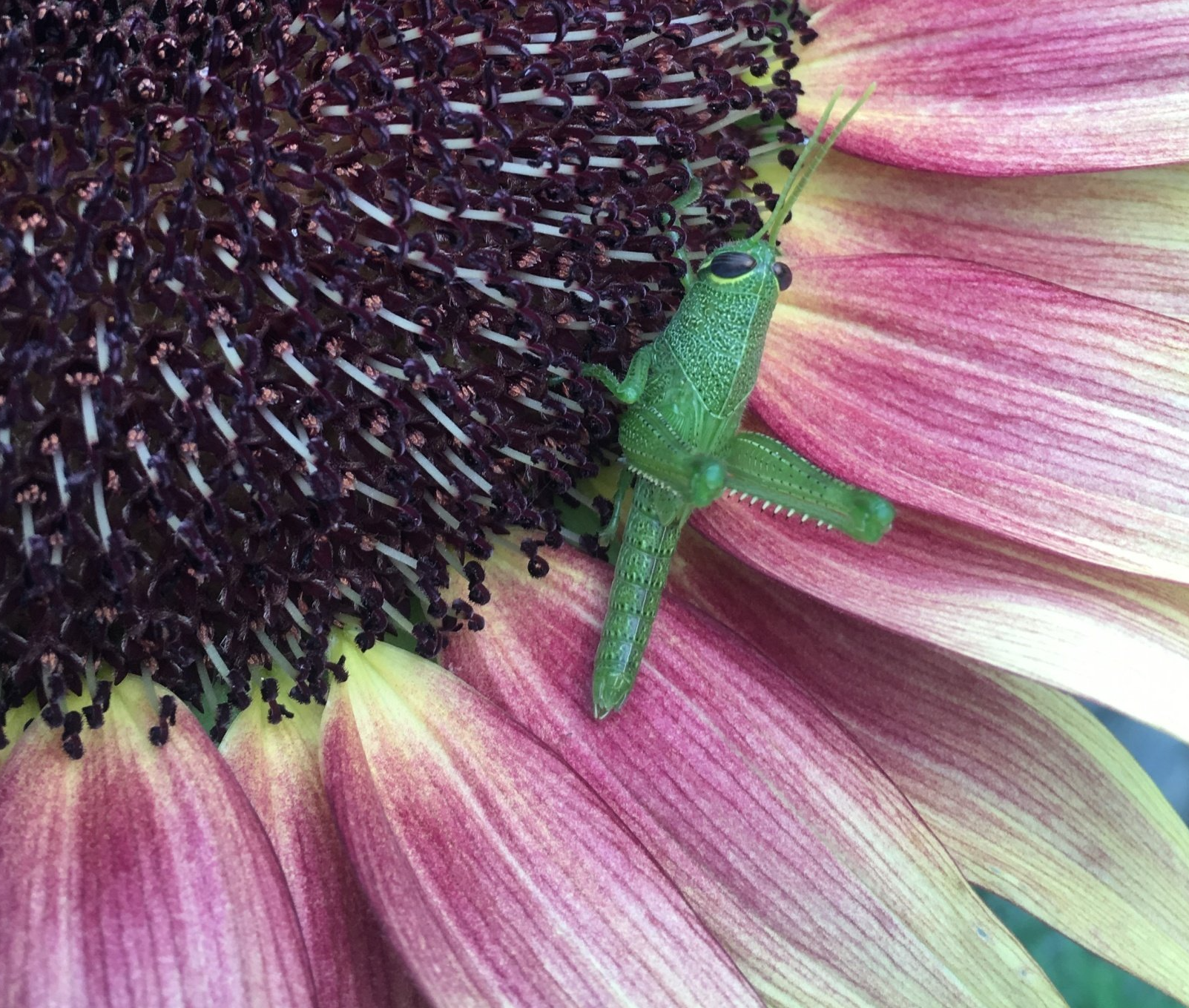
Harvesting Tips
With harvesting sunflowers for designs indoors, it is best to harvest in the early morning or late evening in the cool part of the day. If you can harvest while they are in the “cracked bud” stage or when the petals are still “cupped” that is best to prevent as much bug damage as possible. This will also allow for the longest vase life possible! When we harvest at the “cracked bud stage” our sunflowers will last indoors up to two weeks before! We recommend using just plain water to harvest into. If you can harvest with a long stem, about 18" or more and let your stems sit in the water, this will help the bloom hydrate before designing with it. Then when you are ready to make a vase design, it is important not to fill up your vase very high as the water will cause the sunflower to have a decreased vase life over time. Just fill enough with water to cover the base of the stem, trim about one inch off, and give fresh water daily, or every 2-3 days. This will greatly improve the life!
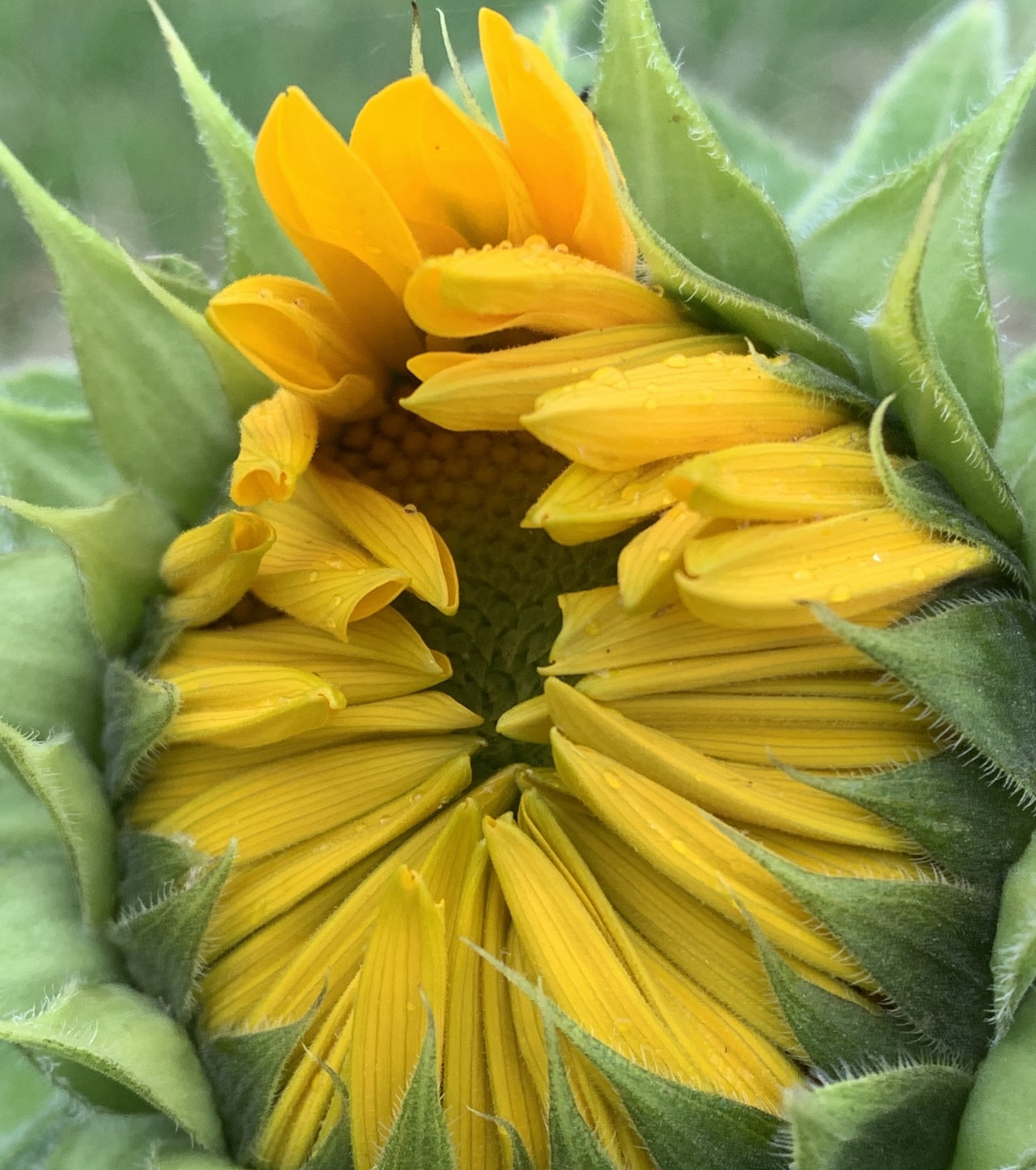
There are many gorgeous varieties available now, and we have a great collection on our website! Our offerings include single stem, branching, and dwarf varieties which are just adorable!
We would love to see your pictures this Fall of your sunflowers and other garden goodies! Be sure to tag or send us some pictures! We would love to hear also about your experience with sunflowers. What varieties are your favorites?
Happy gardening ya’ll!
